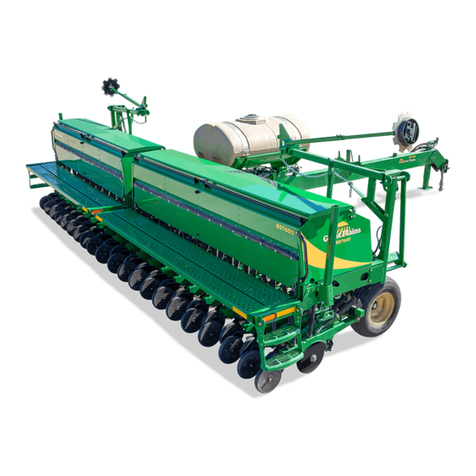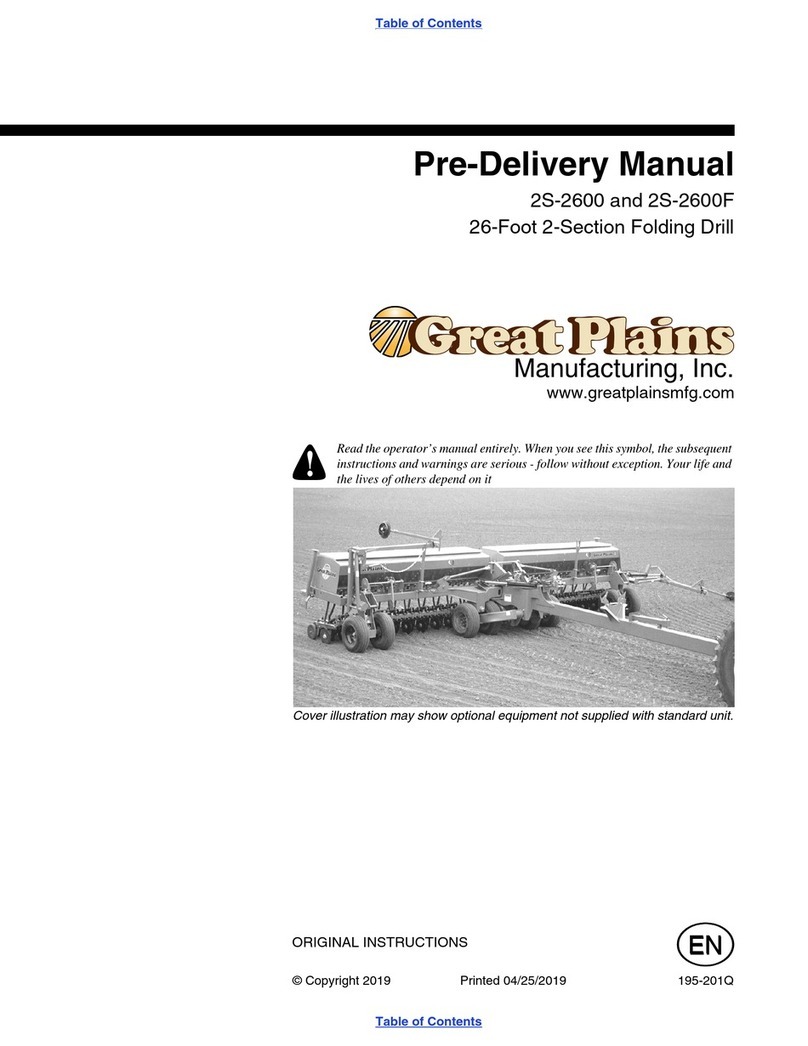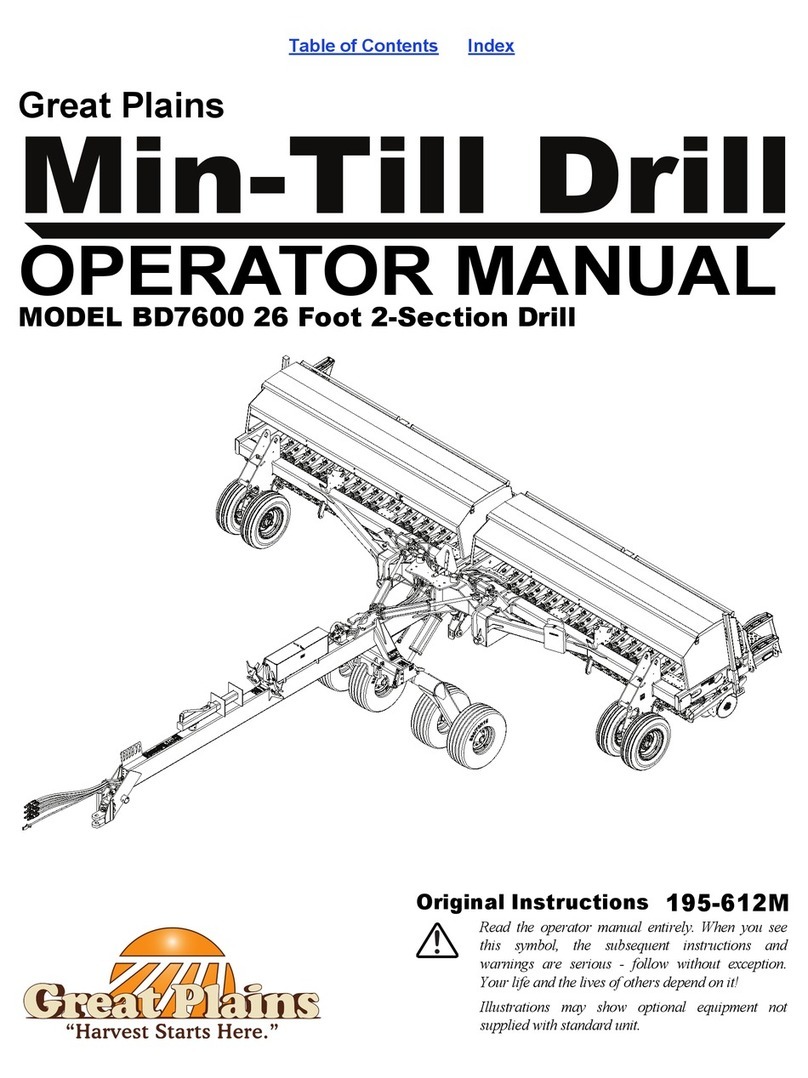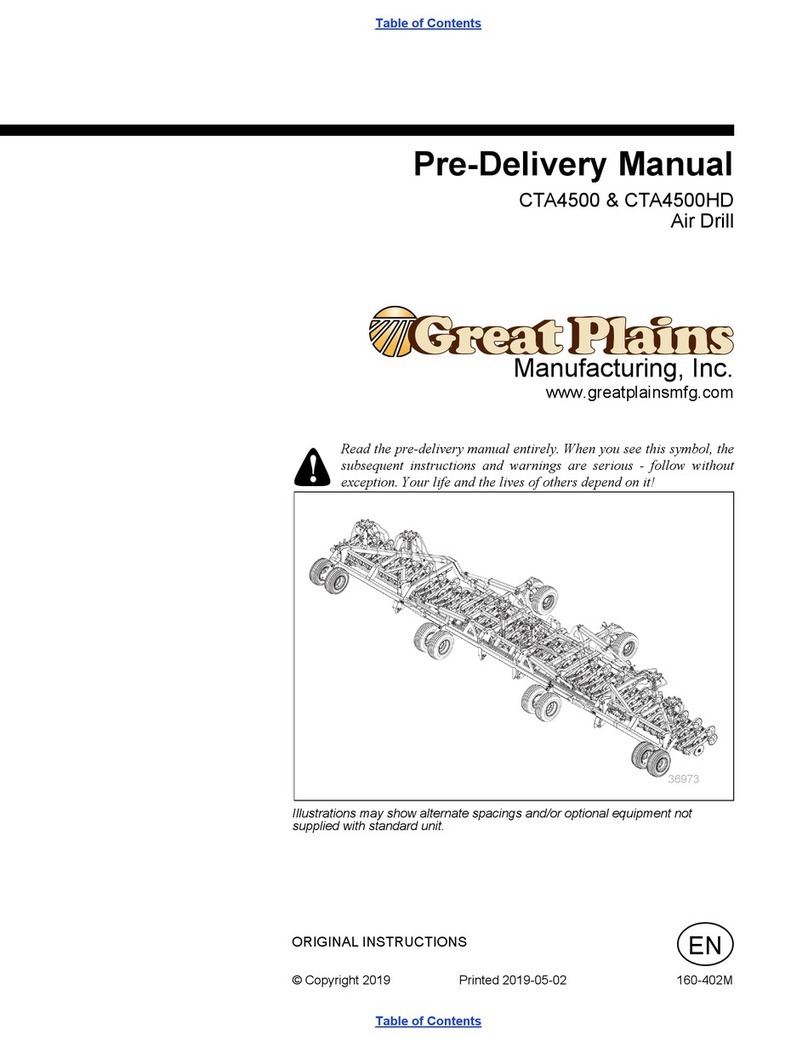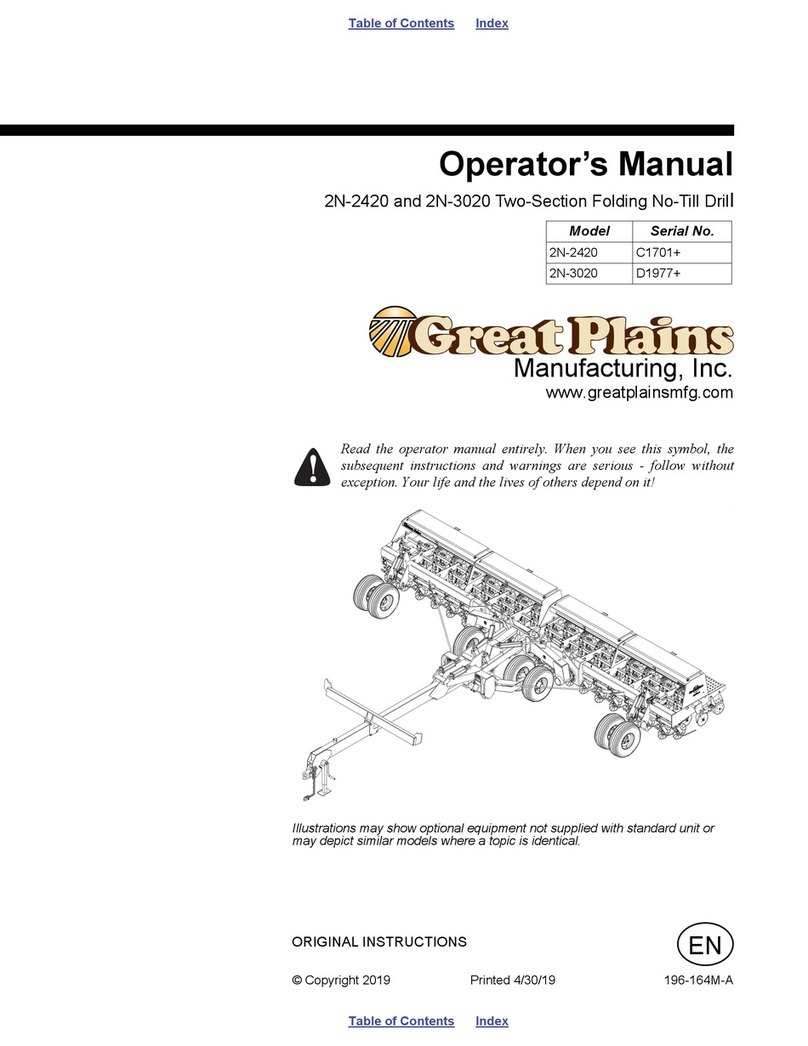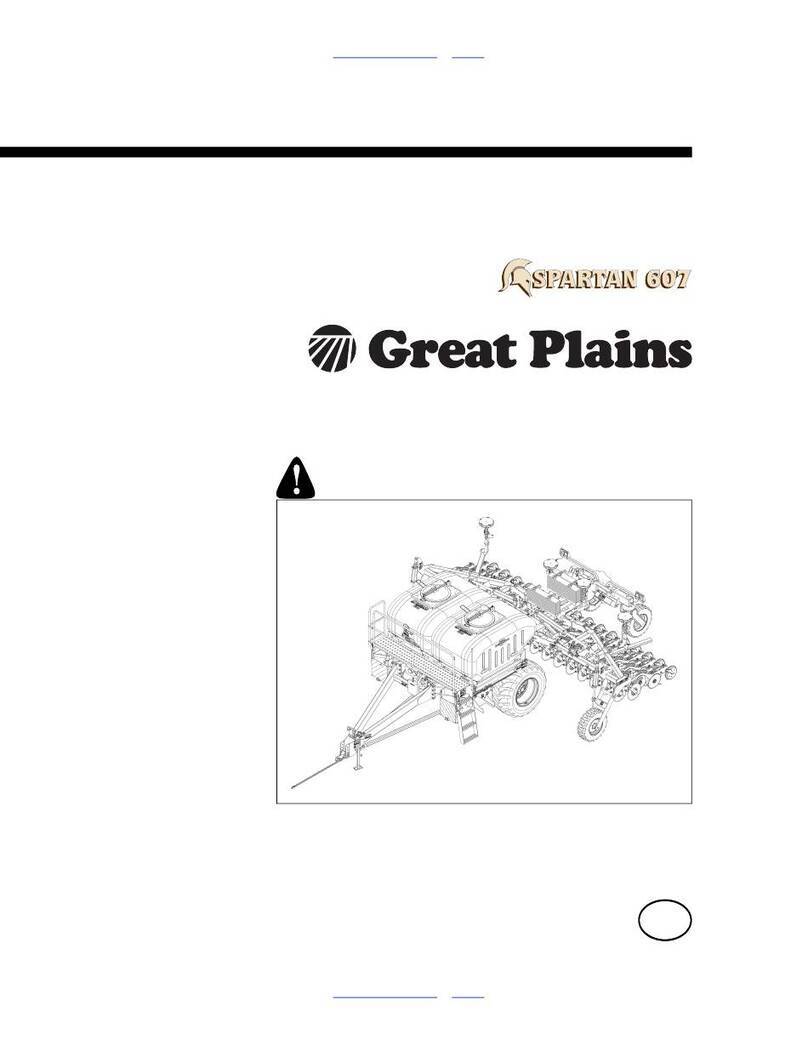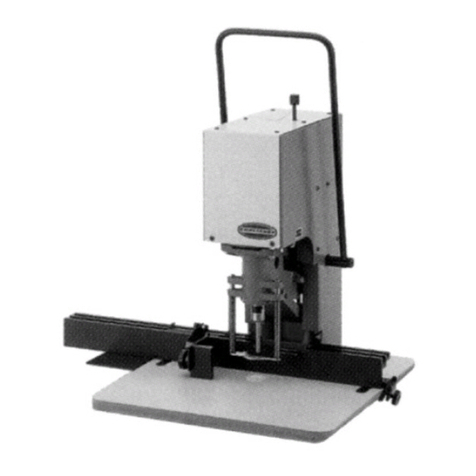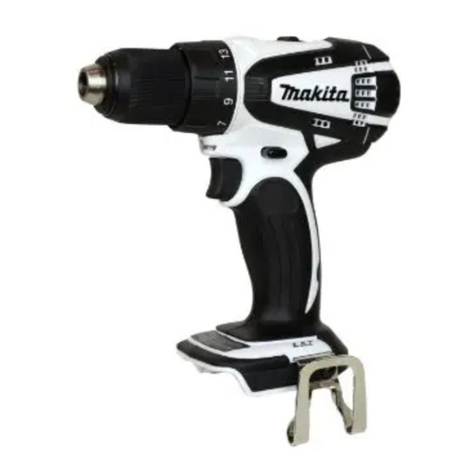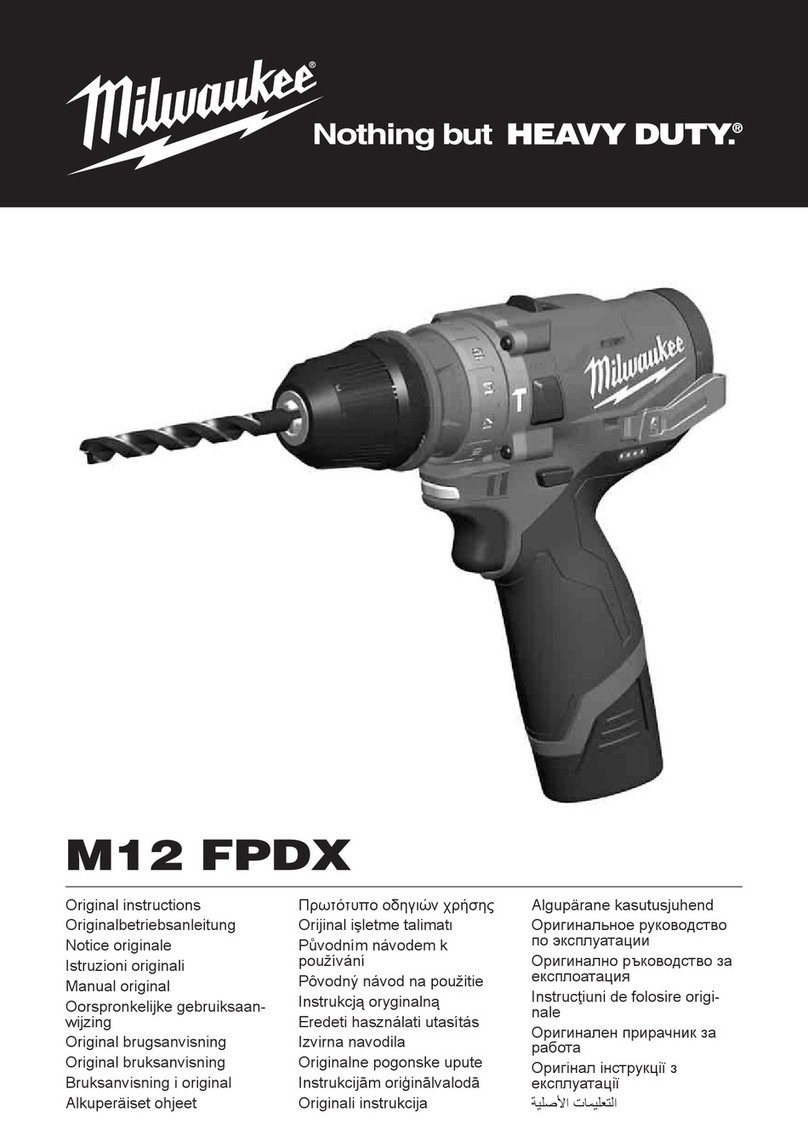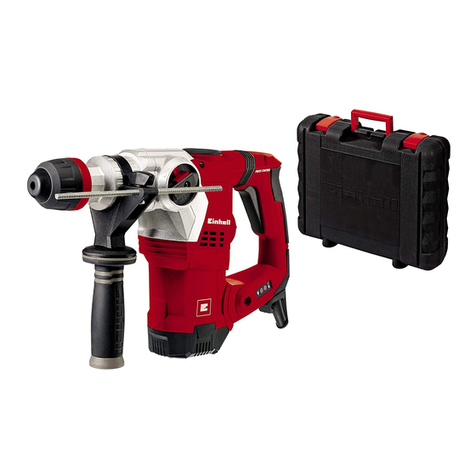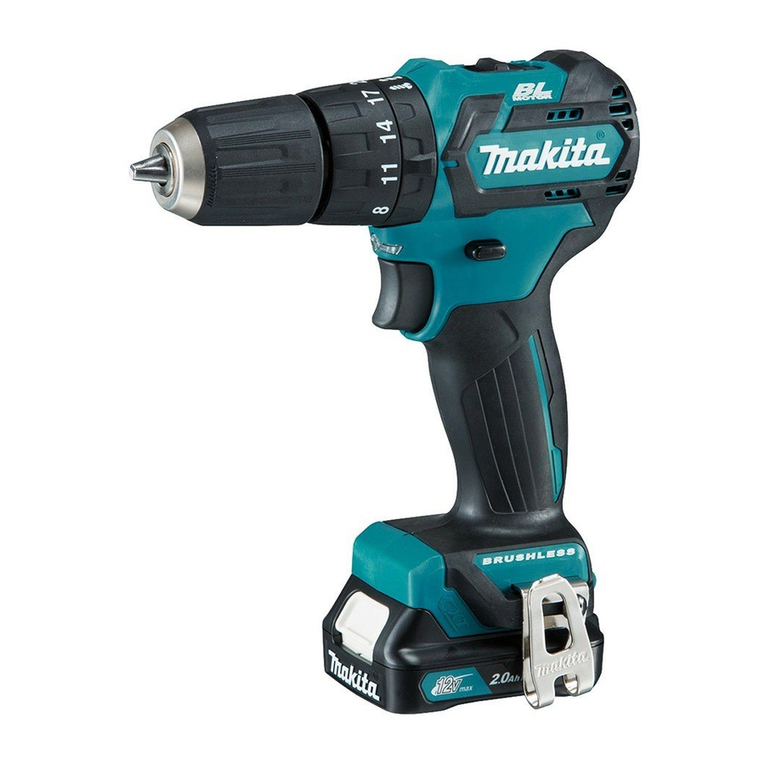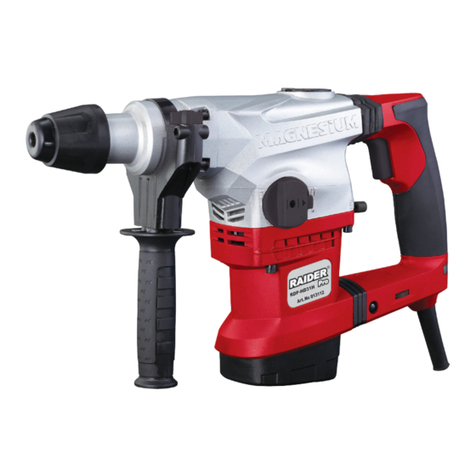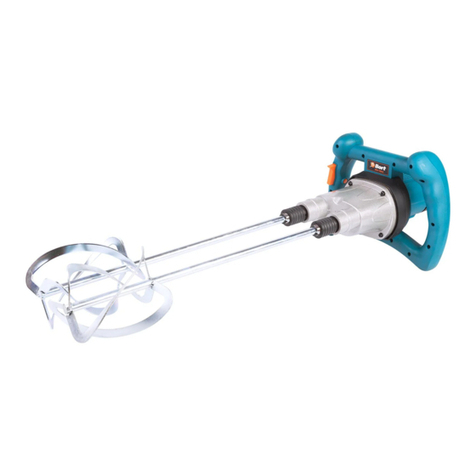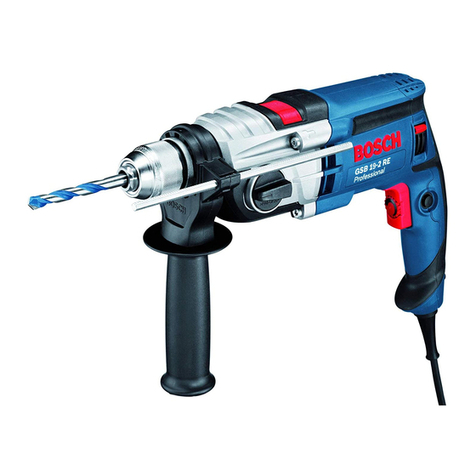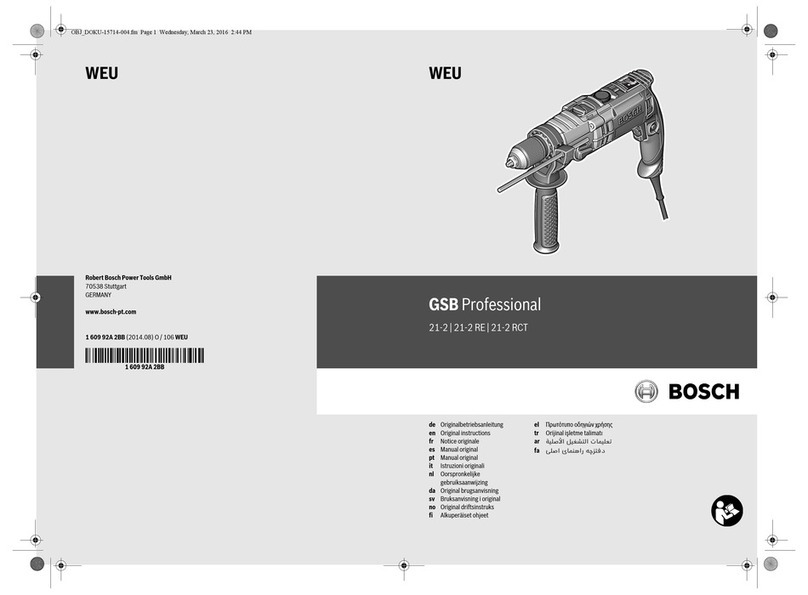Great
Plains
SOLID
STAND
FOLDING
DRILL
Effective
1-82
Operating
Instructions
Pg.
Introduction
....................................................................
1
OperatingCheck List
.............................................................
1
Tractor Hook-up
.........................•.••...•.•.............................
2
Transporting
...................................•.......................
: . . . . . . . 3
Unfolding
..................••..........•.•......................••.........•..
3
Folding
.....................•.................•.........
: . . . . . •. • .
....
. . . . . . . . . 3
Drilling Adjustments. . . . . . . . . . . . . . . . . . . . . . . . . . . . . . . . . . . . . . . . . . . . . . . . . . . . . . . . . . • . . 4
Leveling
the Drill . . . . . . . . . . . . . . . . . . . . . . . . . • . . . . . . . . . . . . . . . . . . . . . . . . . . . . . . . . . . . . . . 4
Transport
Wheel
Adjustments forLeveling
and
Depth. . . . . . . . . . . . . . . . . . .. . . . . . . . . . . . . . . . . 5
Gauge
Wheel
AdjustmentforLeveling
and
Depth
..
. . . . . . . . . . . . . . . . . . . . . . . . . . . . . . . . . . . . . 5
Individual
Opener
Adujustments . . . . . . . . . . . . . . . . . . . . . . . . . . . . . . . . . . . . . . . . . . . . . . . • . . . . 6
Press
Wheel
Adjustments . . . . . . . . . . . . . . . . . . . . . . . . . . . . . . . . . . . . . . . . . . . . . . . . . . . . . . . . . 7
Seeding
Adjustments
.....
. . . . . . . . . . . . . . . • . . . . . . . . . . . . . . . . . . . . . . . . . • . . . . . . . . . . . . . 8
Seed
Rate
Charts
...............................................................
9
SprocketArrangements for Drive
Types
..........................•...................
12
FieldOperations .
.. ..
....
. . . . . . . .
..
.
...
...
.
..
..
. . . . . . . .
.....
.
...
.......
. . .
..
.. ..
13
MaintenanceService
............................................................
13
TroubleShooting...
..
....
. .
...
. .
..
. . .
..
...
. . .
.. ..
. . . . .
....
.
.....
..
....
...
.
..
.. ..
14
Safety
Rules
. . . . . . . . . . . . . . . . . . . . . . . . . . . . . . . . . . . . . . . . . . . . . . . . . . . . . . . . . . . . . . . . . . . 16
Warranty . . .. . . . . . . . . . . . . . . . . . . . . . . . . . . . . . . . . . . . . . . . . . . . . . . . . . . . . . . . . . . . . . . . . . .
17
Optional Equipment
............................................................
.
Parts
Drawings
Drill
Overview
Tongue
and
Pull
Bars
.............................................•...............
Boxes
and
Frame,
24'Drill
........................................................
.
Boxes
and
Frame,
30'
Dri
II
........................................................
.
Mainframe,SlideandTransport Axle
................................................
.
Pivot
PostAssembly
................................................•............
Liftand Slide Hydraulics
..............................•.............•.............
Wing Hydraulics
................................................•.••............
Lid
"nd
Steps
...............................................................
..
.
Feeder
Cup
Channel
Assembly
............•...........................•............
Gauge
Wheel
Drive
...........................•.....................•............
GaugeWheel-Non-Drive
..............................
,
............•............
Single Disk
Opener
.......•........................................•.............
Double DiskOpener
...•.......•................
. . . . . . . . . • . . . •. . . . . ••. .
.....•....
Press
Wheel
Assembly-2"x
13"Single
...•..............•...•.......................
Press
Wheel
Assembly-2"
x 13"Double ''V''
.........................................
.
Press
Wheel
Assembly-4"
x 12"V-Groove
..............••...•.......................
Rubber-Tired
Depth Control Wheel
.....•...............•............................
OutsideDouble-DiskScraper
.....................................................
.
Folding Hydraulic Marker
...........................................•.............
Marker Hydraulics
..............................................................
.
Grass
Seeder
Attachment
............................•............................
18
19
21
22
23
25
26
27
28
30
33
35
36
38
40
41
43
44
45
46
48
49

